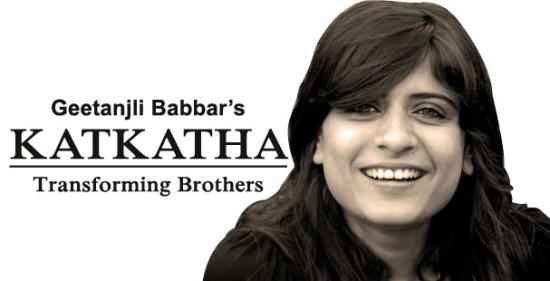If you have been to your Bank branch for anything other than the most basic banking services at any time in the last decade, you would have encountered someone who tried to sell you a Life Insurance policy. It’s more than possible that this was tried to be passed off as a ‘wealth plan’ or ‘investment scheme’ or something similar, but at the bottom of it is generally some sort of Life insurance. Before venturing your money into such an investment, it is important to try to understand what “Life Insurance” is supposed to be, and what it is not.
So first, let us understand the term “Insurance”.
The simplest definition of the term is “A thing providing protection against a possible eventuality.”

Examining this more closely, the operative word here is clearly ‘protection’.
So Life Insurance, then, is supposed to be protection against the eventuality of losing your life. Nothing more, nothing less. But how can protection be provided against death – that, after all, sounds more like a medical responsibility than a financial one. Well, for that, let us look at the more detailed definition:
“(Insurance is) an arrangement by which a company or the state undertakes to provide a guarantee of compensation for specified loss, damage, illness, or death in return for payment of a specified premium.”
The ‘protection’ we spoke of earlier is then clarified to be in the nature of financial protection against the loss of income, present and potential, caused by the death of the insured person. On reflection, this should be obvious. Until such time as raising people from the dead is actually possible (and we can all agree we would probably not want that to happen in a hurry), the best way to comfort a bereaved family for the loss of one of their members is by providing them assurance that their monetary needs, at the very least, will be taken care of.
A lot of youngsters today are out in the workforce as the sole-breadwinners for their families. Those who are the first generation in the family to have a formal education often find themselves the primary earning members of families including parents as well as their own spouses and children.
But life is uncertain, and any sensible youth should be aware that disaster tends to lurk around the next corner. In a country with a questionable law-and-order apparatus, constrained access to health-care and high prevalence of infectious disease, it is foolish to assume that ‘death’ is something that happens to other people. Regardless of your age, if you are a financial contributor to your family, you need to get insured.
What are the options available as far as insurance is concerned, then?
Insurance policies typically fall into two categories – Term and Endowment, or Investment-oriented plans.
A Term Plan is one where the insured person pays a fixed amount every year to the Insurer as a ‘premium’. In return, the Insurer agrees to pay a fixed sum in case of the death of the insured. It is that simple. No return of premium, no adjustments, no nothing. The amount you pay is an expenditure for you, and if you survive the term of the policy, you get nothing out of it.
An Endowment plan is one where the money you pay as premium is allocated partly towards the risk premium for the payout in case you die, and the rest is invested. An endowment policy can be a high-risk one (with exposure to equities) or a low-risk one (with more exposure to debt). In case of the former, the final ‘maturity value’ is not fixed, but in case of the latter, it may or may not be fixed at the beginning of the policy. But these maturity amounts only come into the picture if you die while the policy remains operational; if not, only the sum assured under the policy is paid out. However fancy the language used to sell these policies, the core remains exactly what I have written here.
Intuitively, it may appear to you that the Endowment plans make more sense, since you get your money back, but that is until you make a comparison of the premium for each. Typically, for the same amount of coverage, the premium you pay for an endowment plan will be exponentially more than what you pay for a term plan.
While a typical 25-year old, non-smoker male in good health would pay just about Rs 4,000/- to 7,000/- as an annual premium for a term policy of Rs. 50 lakhs, an endowment policy of as little as Rs 5 lakhs (yes, one-tenth of the above), would carry an annual premium of at least Rs. 10,000/-
So as you can see, the endowment policies really only make sense if the insured person does live to see the maturity of the plan, since the value of insurance available is relatively so low. And a backwards calculation of the return on the premiums paid shows that such policies deliver an annual yield of only about 4% to 6% at best. Which essentially means you would do better putting your money in a long-term Fixed deposit or a mutual fund.
For people under 30, the premium rates for Term Insurance Plans tend to be very low, and it is the right time to take advantage of this to obtain a higher cover at a low rate. For your savings and investment needs, it is better to opt for investing the money you save by not going for an expensive endowment plan into mutual fund to achieve a better return.
In conclusion, if one considers the purpose of insurance, it is clear that a Term plan offers far more benefits in terms of low cost and higher returns in case of death of insured, while the endowment plans are essentially low-risk, low-returns savings options.































